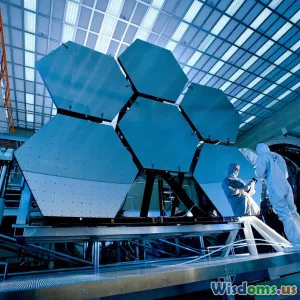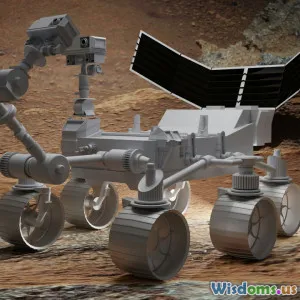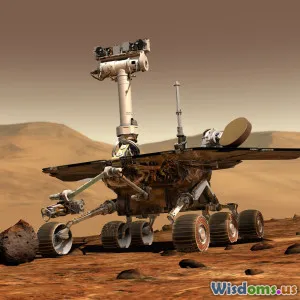
Challenges of Living on Mars
5 min read Explore the unique challenges humanity faces in establishing a sustainable presence on Mars. (0 Reviews)
Challenges of Living on Mars
As humanity sets its sights on Mars as the next frontier for exploration and potential colonization, we are confronted with a multitude of challenges that must be addressed to make living on the Red Planet a reality. This article explores the key obstacles that astronauts and future colonists will face on Mars, ranging from environmental conditions to psychological effects.
1. Harsh Environmental Conditions
1.1 Temperature Extremes
Mars is known for its extreme temperatures, which can drop as low as -195°F (-125°C) at the poles during winter and reach a high of approximately 70°F (20°C) at the equator during summer days. These temperature fluctuations pose significant challenges for maintaining habitable environments and protecting human health.
1.2 Radiation Exposure
Unlike Earth, Mars lacks a protective magnetic field and has a thin atmosphere, exposing its surface to higher levels of cosmic and solar radiation. Prolonged exposure can increase the risk of cancer, radiation sickness, and other health problems for astronauts. Effective shielding and protective habitats will be essential to mitigate these risks.
1.3 Dust Storms
Mars experiences planet-wide dust storms that can last for weeks, severely reducing visibility and blocking sunlight. This presents challenges for solar energy systems and may also affect the health of habitats and equipment. Developing robust technologies that can withstand and operate during these storms is critical.
2. Resource Availability
2.1 Water Sources
Water is essential for human survival, agriculture, and sustaining life. While evidence suggests that liquid water may exist beneath Mars' surface, accessing it will be a significant challenge. Innovative techniques for water extraction and purification will be necessary to support future colonists.
2.2 Food Production
Transporting food from Earth to Mars is impractical for long-term colonization. Thus, developing sustainable agriculture practices in Martian conditions is crucial. Research into growing crops in controlled environments or using hydroponics and aeroponics can help address food security issues.
3. Psychological Effects
3.1 Isolation and Confinement
Living on Mars will involve long durations of isolation and confinement in a small habitat with limited social interaction. These conditions can lead to psychological stress, anxiety, and depression. Implementing strategies to maintain mental health, such as regular communication with loved ones on Earth and recreational activities, will be vital.
3.2 Group Dynamics
The success of a Martian colony will depend on the ability of team members to work together cohesively. Conflicts may arise due to stress, personal differences, or the challenges of living in a confined space. Effective training in conflict resolution and team-building exercises will be essential to foster a harmonious living environment.
4. Technological and Logistical Challenges
4.1 Transportation and Infrastructure
Transporting humans and supplies to Mars requires advanced spacecraft capable of making the journey safely. Additionally, building infrastructure for habitation, energy production, and life support systems on Mars will be a monumental task. Innovations in construction techniques, such as 3D printing using local materials, may offer solutions.
4.2 Energy Sources
Sustainable energy sources are critical for life on Mars. While solar energy is a viable option, its efficiency may be compromised during dust storms. Exploring alternative energy sources, such as nuclear power, could provide a reliable energy supply for habitats and equipment.
Conclusion
The challenges of living on Mars are immense but not insurmountable. As we advance our understanding of the Martian environment and develop innovative technologies, the dream of human colonization of Mars becomes increasingly attainable. Addressing these challenges will require collaboration across scientific disciplines, international cooperation, and a willingness to adapt and innovate. While the journey to Mars promises to be fraught with obstacles, it also offers the opportunity for remarkable advancements in our quest for exploration and understanding of our universe.
Rate the Post
User Reviews
Popular Posts





















